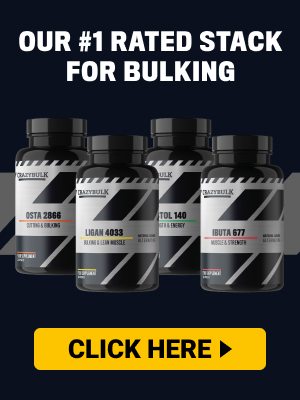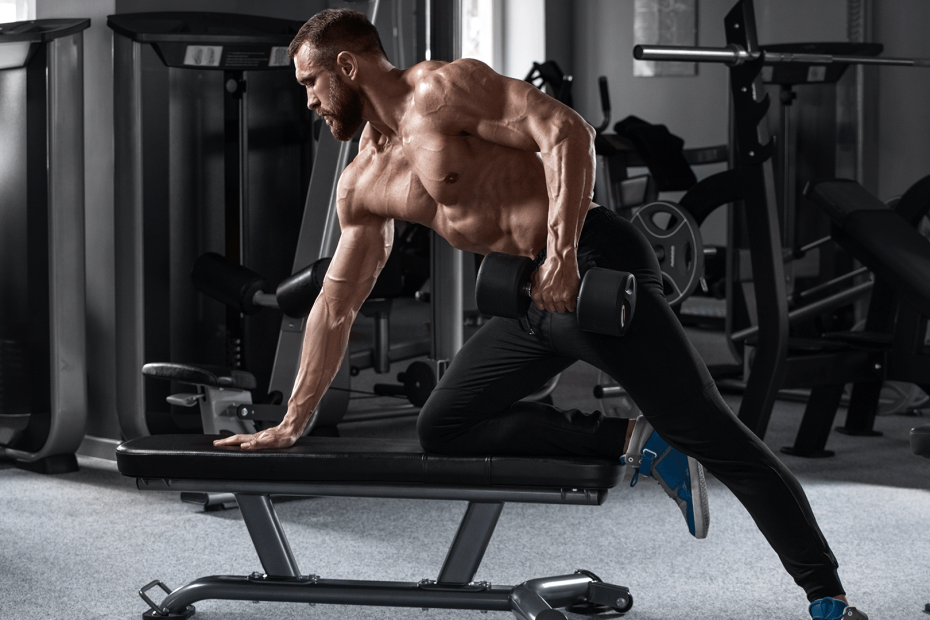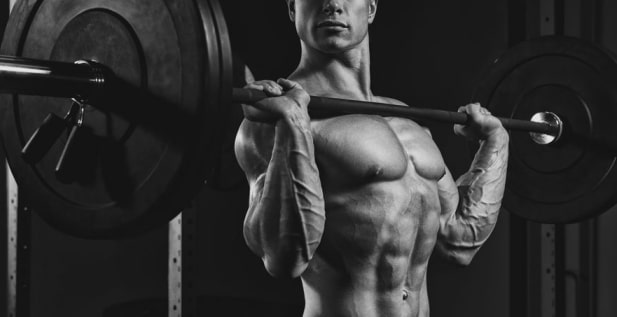PHUL vs PHAT: Which Workout Program Is Right for You?
If you’ve been lifting for a while, you’ve probably heard of PHUL and PHAT — two popular training programs that combine strength and hypertrophy principles. Both are designed to help intermediate and advanced lifters build muscle and strength, but they go about it in slightly different ways.
So which one is better? The truth is, neither is universally superior. The right program for you depends on your training experience, recovery ability, and goals.
In this guide, we’ll break down PHUL vs PHAT in detail — covering training structure, frequency, volume, intensity, and who each program works best for. By the end, you’ll know exactly which one fits your lifting journey.
🔎 Quick Overview
- PHUL (Power Hypertrophy Upper Lower):
- 4-day program
- Balance of strength (low reps) and hypertrophy (moderate reps)
- Simpler, more beginner-to-intermediate friendly
- PHAT (Power Hypertrophy Adaptive Training):
- 5-day program
- Higher volume, includes speed work and advanced hypertrophy techniques
- Designed for advanced lifters with strong recovery capacity
🏋️ What Is PHUL?
PHUL is a 4-day training split created by Brandon Campbell. It alternates between power-focused days (low reps, heavy weight) and hypertrophy-focused days (moderate weight, higher reps).
Weekly Structure
- Day 1: Upper Body Power
- Day 2: Lower Body Power
- Day 3: Rest
- Day 4: Upper Body Hypertrophy
- Day 5: Lower Body Hypertrophy
- Days 6–7: Rest
👉 Each muscle is trained twice per week, making PHUL highly effective for natural lifters.
Key Features of PHUL
- Moderate training volume (12–18 sets per muscle per week)
- Blend of strength and hypertrophy rep ranges
- Recovery-friendly: only 4 sessions/week
- Scalable for intermediate lifters
PHUL is often considered the sweet spot for lifters who’ve moved past beginner programs but aren’t ready for extreme volume.
💥 What Is PHAT?
PHAT (Power Hypertrophy Adaptive Training) was created by Dr. Layne Norton, a pro natural bodybuilder and powerlifter. It’s a 5-day program that combines powerlifting-style training, hypertrophy-focused bodybuilding work, and speed training for explosive strength.
Weekly Structure
- Day 1: Upper Body Power
- Day 2: Lower Body Power
- Day 3: Rest
- Day 4: Back & Shoulders Hypertrophy
- Day 5: Lower Body Hypertrophy
- Day 6: Chest & Arms Hypertrophy
- Day 7: Rest
👉 Each muscle is also trained twice per week, but with much higher weekly volume than PHUL.
Key Features of PHAT
- High training volume (18–25+ sets per muscle per week)
- Heavy compound lifts + high-rep isolation work
- Speed training (explosive submaximal lifts)
- Designed for advanced recovery capacity
- More exercise variety and specialization
PHAT is one of the most demanding natural lifting programs, which makes it great for advanced athletes but overkill for many intermediates.
🔍 PHUL vs PHAT: Key Differences
Let’s break it down category by category:
Training Frequency
- PHUL: 4 days/week → better for people with busier schedules.
- PHAT: 5 days/week → requires more gym time and discipline.
Winner: Depends on your lifestyle. PHUL is easier to stick to, PHAT requires more commitment.
Volume
- PHUL: Moderate volume, usually 12–18 sets per muscle per week.
- PHAT: High volume, often 18–25+ sets per muscle per week.
Winner: PHAT (for volume junkies). PHUL (for recovery balance).
Intensity & Load
- PHUL: Combines heavy (3–5 rep) and moderate (8–12 rep) work.
- PHAT: Same, but also adds explosive speed training and even more accessory work.
Winner: PHAT, but also riskier if recovery isn’t dialed in.
Complexity
- PHUL: Simple and easy to follow.
- PHAT: More complex, requires tracking speed work, volume, and advanced variations.
Winner: PHUL for simplicity.
Adaptability
- PHUL: Easily modifiable for most lifters.
- PHAT: Harder to scale down without losing its essence.
Winner: PHUL (more flexible).
Recovery Demands
- PHUL: 3 rest days, easier on joints, CNS, and overall fatigue.
- PHAT: Only 2 rest days, much more taxing.
Winner: PHUL for most naturals.
Best Suited For
- PHUL: Intermediates, busy lifters, people needing a balance of strength & size.
- PHAT: Advanced lifters, strength athletes, or bodybuilders needing maximum volume.
📊 Side-by-Side Comparison Table
| Feature | PHUL | PHAT |
| Days/Week | 4 | 5 |
| Frequency | 2x per muscle | 2x per muscle |
| Volume | Moderate (12–18 sets/week) | High (18–25+ sets/week) |
| Complexity | Simple, beginner-friendly | Advanced, more moving parts |
| Recovery Demand | Moderate | High |
| Best For | Intermediates, busy lifters | Advanced, high-volume responders |
🔥 Which Program Should You Choose?
- Choose PHUL if:
- You’re an intermediate lifter (1–3 years experience).
- You want both strength and size without burning out.
- You can only train 4 days per week.
- Recovery is a concern.
- Choose PHAT if:
- You’re an advanced lifter (3+ years experience).
- You want maximum training volume and exercise variety.
- You can train 5 days per week consistently.
- Your recovery (sleep, nutrition) is excellent.
✅ Final Thoughts
When comparing PHUL vs PHAT, the key difference is complexity and volume.
- PHUL is simple, balanced, and ideal for intermediates.
- PHAT is demanding, high-volume, and best for advanced lifters who want to train like a bodybuilder-powerlifter hybrid.
If you’re unsure, start with PHUL. It’s easier to run, gives great results, and prepares you for the intensity of PHAT down the road.
Remember: The best program is the one you can follow consistently, recover from, and progress on.
🔗 Next Steps:
- Read the full [PHUL Workout Guide]
- Read the full [PHAT Workout Guide]
- Compare [Push Pull Legs vs Upper Lower vs Bro Split]






